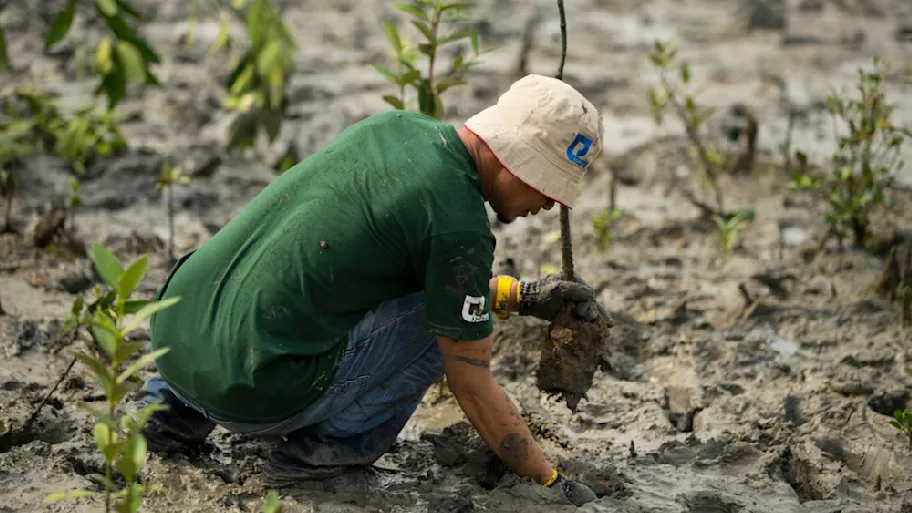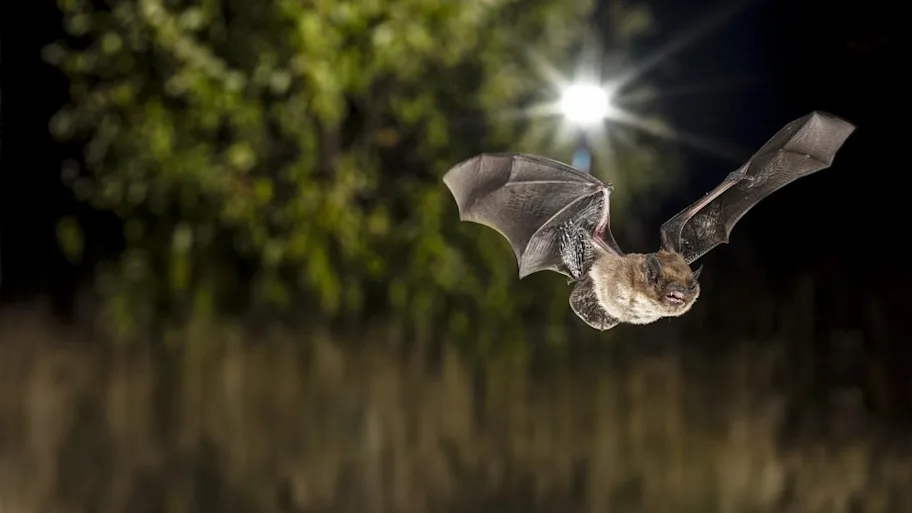
- Science News
- Sustainability
- Not all trees influence the environment equally
Not all trees influence the environment equally

park, trees forest
By Reeteka Sud, Science Writer
Soil ecosystem services are finely attuned to vegetation type
Regardless of where you stand on the debate on global warming, one thing we can all agree on is that human beings have substantially altered the earth’s surface. Legally, and at times illegally, forest cover has been declining. Not unrelated to this, greenhouse gases as CO2 have steadily been rising.
Trees do more than hold the top soil together. Types of trees intimately influence the soil they are growing in. But what is the nature of this influence and to what degree is this influence exerted? When adding more green to your neighborhood, are all trees the same? Not quite, according to recent research led by Heikki Setälä from the University of Helsinki.
The researchers compared three different plant groups — evergreen trees, deciduous trees, and lawns — in their ability to modify pH, organic matter, carbon and nitrogen content of the soils. Such comparisons were made in 41 parks of varying ages under northern climatic conditions in Europe.
They found that evergreen soils have the highest carbon content compared to soils with deciduous trees and those with lawns. This trend holds true for parks of varying ages (the youngest being 7 years, to the oldest parks being >200 years old). Not only that, the effect of vegetation type seems rather magnified with the age of the park. Their results lend support to the idea that evergreens should be the preferred choice in urban green spaces in northern cities.
As is the case with any other ecosystem, urban soils also accumulate carbon and nitrogen, the amounts of which are indicators of soil quality. But what has been unknown is the extent to which the different types of vegetation we see in cities influence soil.
In this study, which was published in Frontiers in Ecology and Evolution, scientists found that soils with evergreens also contained higher percentage of organic matter; with one interesting exception. In older parks where litter was removed, organic matter was reduced in amount even though the parks had been around for several decades. Setälä believes litter is best retained in soil, perhaps as mulch, so it satisfies aesthetic values as well as ecologic. It is a better option than clearing the litter, which deprives the soil of much needed nutrients.
The processes by which the environment produces resources that humans often take for granted — groundwater reservoirs, detoxification of toxic materials — are called ecosystem services. In urban areas, this service includes buffering contaminants most of which are the result of human activity. Setälä observes that the ecosystem services are that sensitive to types of plants grown in the area.
Thus far, the development of cities has been guided by human needs. At the precipice that human existence stands today, there is an urgent need for all of us to know about the ecological requirements for the ecosystem services that enhance our well-being. In any efforts that seek to redress problems, findings from urban ecology research need to be front-and-center in planning and maintenance of urban areas.






